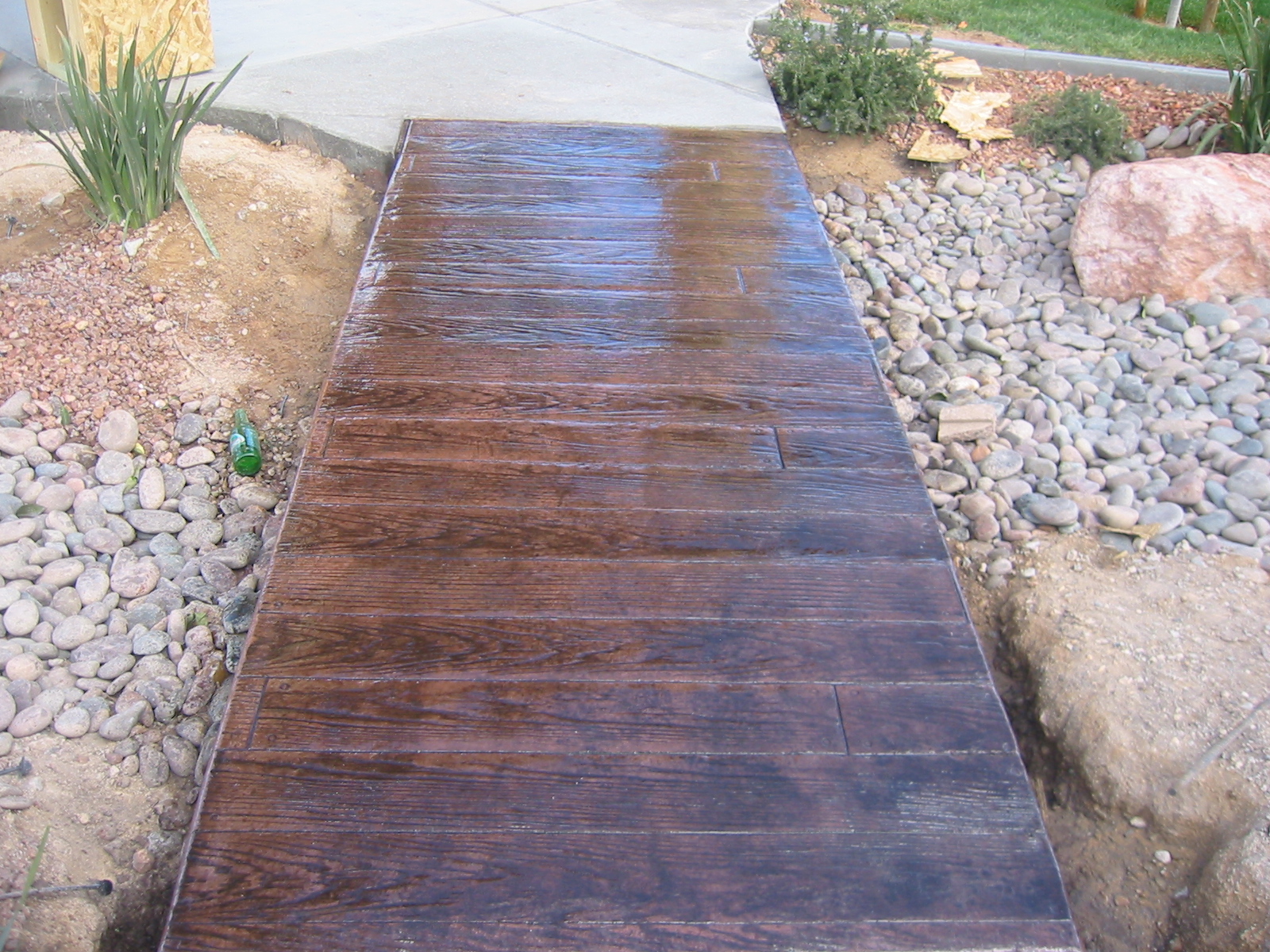
Decorative Concrete
There has recently been the emergence of a new, trendy flooring material- Concrete. Concrete has transformed from bare-bone utilitarian to chic and it is growing in popularity as more homeowners realize the benefits of decorative concrete. Not only is it an environmentally friendly choice but is affordable and versatile. It is trendy, sleek, and extremely durable and now is available in an array of colors, stains, textures, and finishes. As with all flooring options, there are a number of both benefits and drawbacks to consider before deciding upon a concrete floor.
DECORATIVE CONCRETE DESIGN OPTIONS
CONCRETE COLOR METHODS
Structural Colors: If installing a new concrete floor, there are options to add the color directly into the structure of the material. Color hardeners and integral pigments can be mixed into the concrete when it is placed and allow for the creation of dramatic pattern effects on the surface. Natural pigments, including metal oxides, typically produce more subtle color effects. Chemical coloring agents will produce brighter, more eye catching colors, but the color will fade over time. Combining structural colors with parallel and perpendicular etching can create the appearance of grout lines therefore simulating tile.
Chemical Acid Stain: This is done to the floor after it has been installed by applying hydrochloric acid onto the surface of the concrete, causing it to discolor. The coloration that occurs depends on a number of factors unique to each floor including porosity, chemical make up, age, climate, and composition. The result of acid staining can be very unpredictable and even vary across the surface of the floor. The random nature of the chemical process is often the desired effect and the result will be a surface that looks like naturally occurring stone.
Concrete Paint: This is a somewhat controversial treatment for concrete floors because eventually the paint will flake, chip, and fade and may need to be reapplied every few years especially on floor at or below grade that may have moisture issues. If you do choose to paint your concrete, a specially formulated 2-step latex epoxy is made specifically for this. Also, you will have to acid etch the floor prior. Using the right paint creates a waterproof surface over the concrete and acts as a barrier against grease and oil.
Water Based Stains: Water based stains penetrate the surface of the floor, causing a chemical reaction that results in the material taking on pigment. These stains allow the concrete to breath so unlike paint, the moisture will not cause the color to chip away. Water based stains allow for more dramatic color effects than acid stains produce.
Tinted Concrete Sealers: A sealer is a chemical agent that is applied to the surface of concrete to create a protective barrier protecting the porous concrete from moisture and stains. Sealers can be tinted with coloring agents, causing a subtle hue of color to appear on the floor.
Concrete Dyes: Concrete dyes are composed of very tiny particles of color that are small enough to penetrate the concrete floor and directly stain the material. Water based concrete dyes will create a more natural marbled look and solvent based dyes create a uniform color effect on the surface.
CONCRETE FLOORING TEXTURES
The texture of the surface of concrete can be made smoother or rougher during the pouring of concrete and depends on how much care is taken to effect the finish. Additionally, there are a variety of textural elements that can be worked into the surface after it has been installed.
Polished Concrete: Polishing creates the look of perfect, glistening marble yet with none of the maintenance issues of marble. After the flooring is poured and set the concrete is polished with a series of pads ranging from very coarse and slowly working down to smoother and smoother polishing pads. Generally speaking, concrete is considered polished when it is treated with 400 grit polishing pads but typical installations have it treated by up to 800 grit pads.
Textured Concrete: After the concrete is poured but before it is dry and set, a variety of textured patterns can be worked into the surface. This can be used decoratively to add aesthetic beauty to would would otherwise be a monotone installation. Texturing can also be used for functional purposes, like to treat a bathroom or other areas susceptible to moist where otherwise slippage may be an issue.
Etched Concrete: Scratched motifs can be etched into the surface of existing concrete. These can take the form of patterns or designs, as well as etching virtual grout line onto a solid surface that has been acid stained to simulate the look of real stone tile.
Stamped Concrete: Stamped concrete, also referred to as patterned stamped concrete or imprinted concrete, is designed to resemble a variety of patterns and designs. It can resemble slate, cobblestone, flagstone, hardwood, and all types of stone and tile.
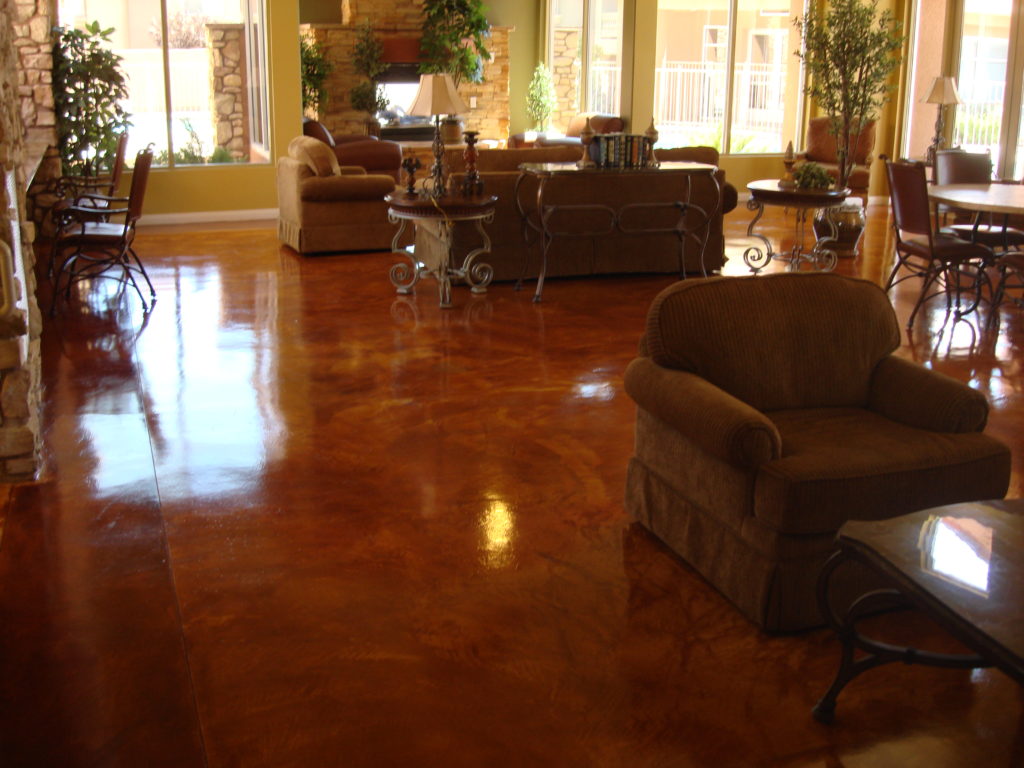

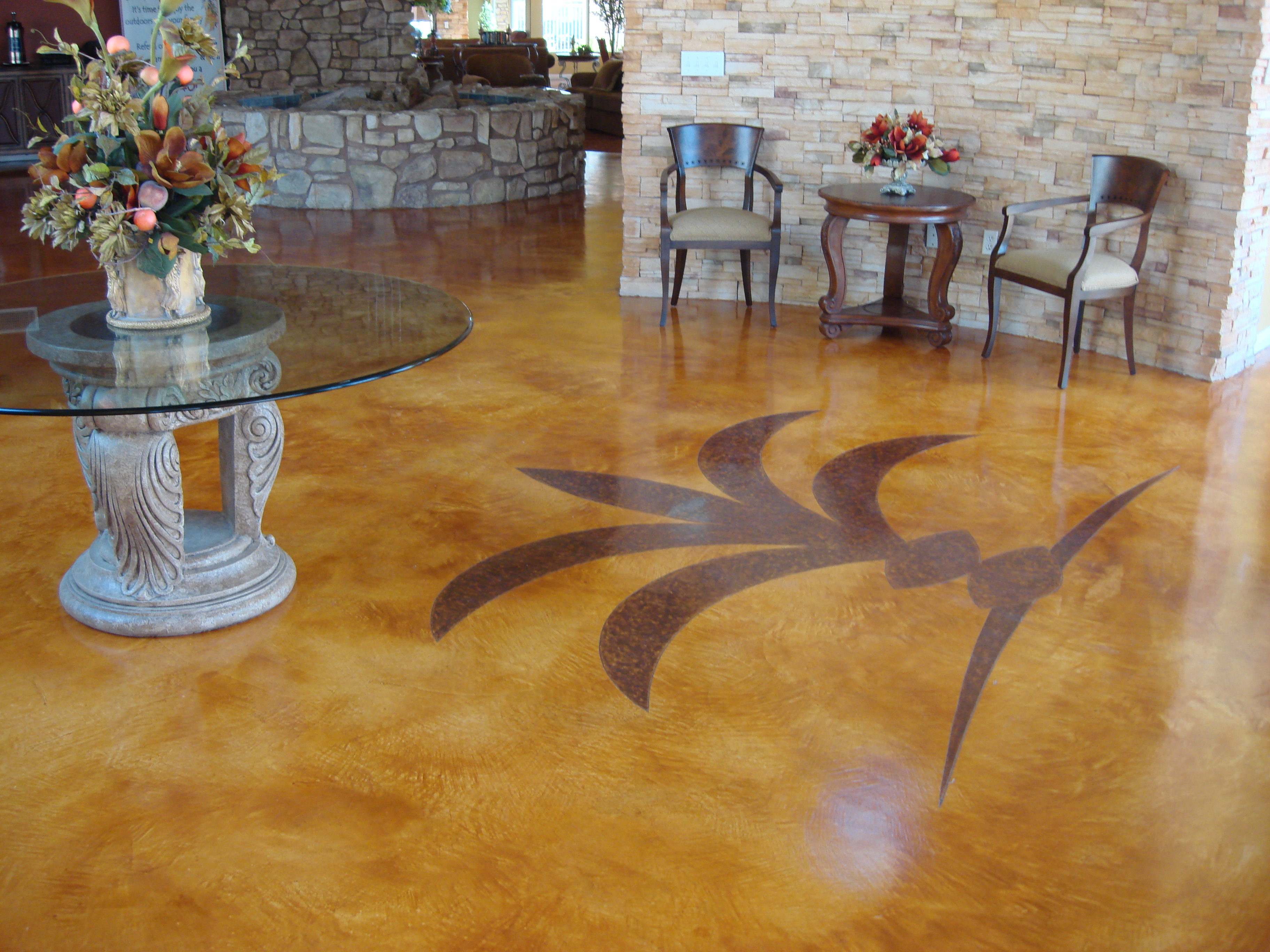
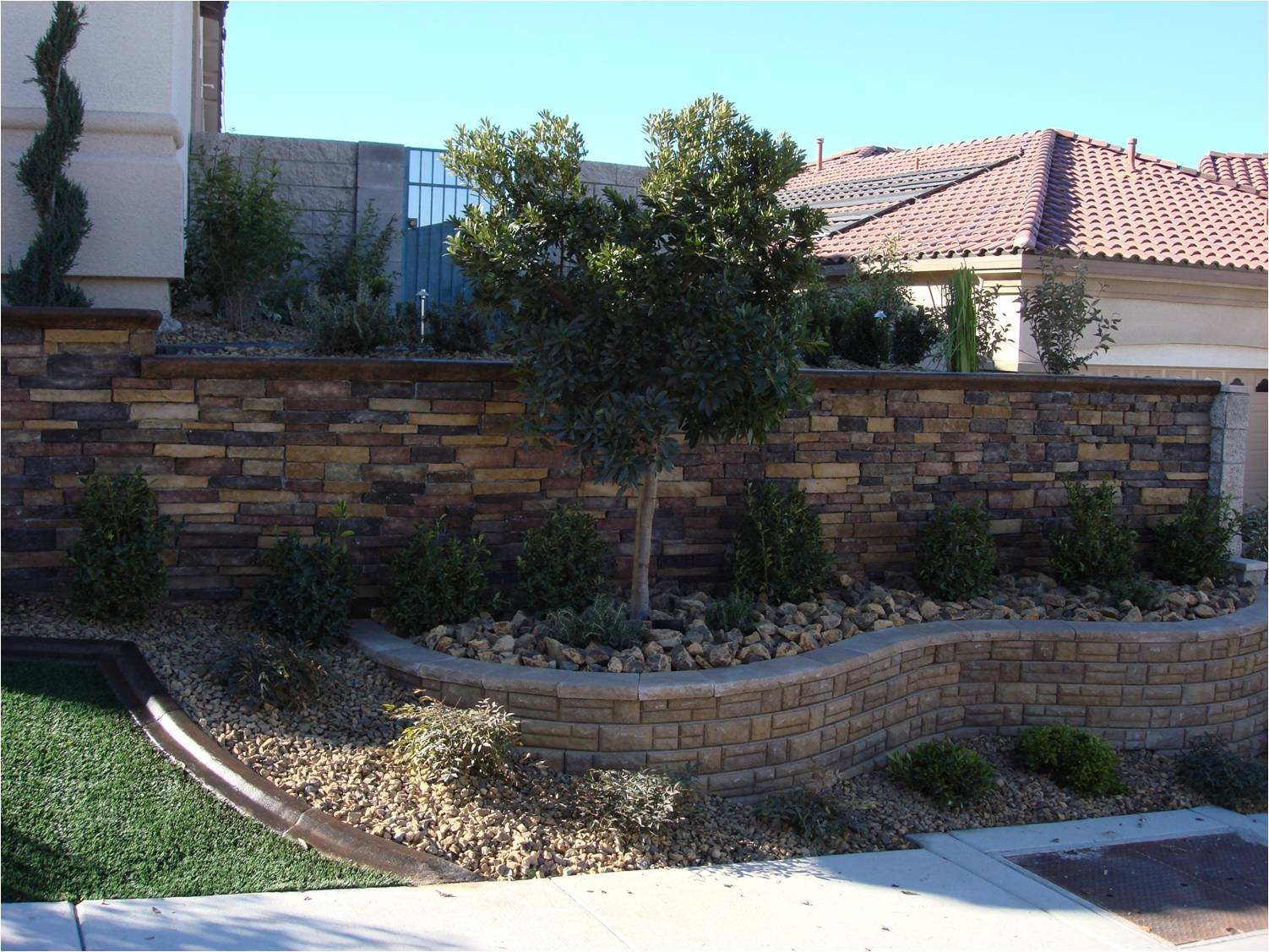
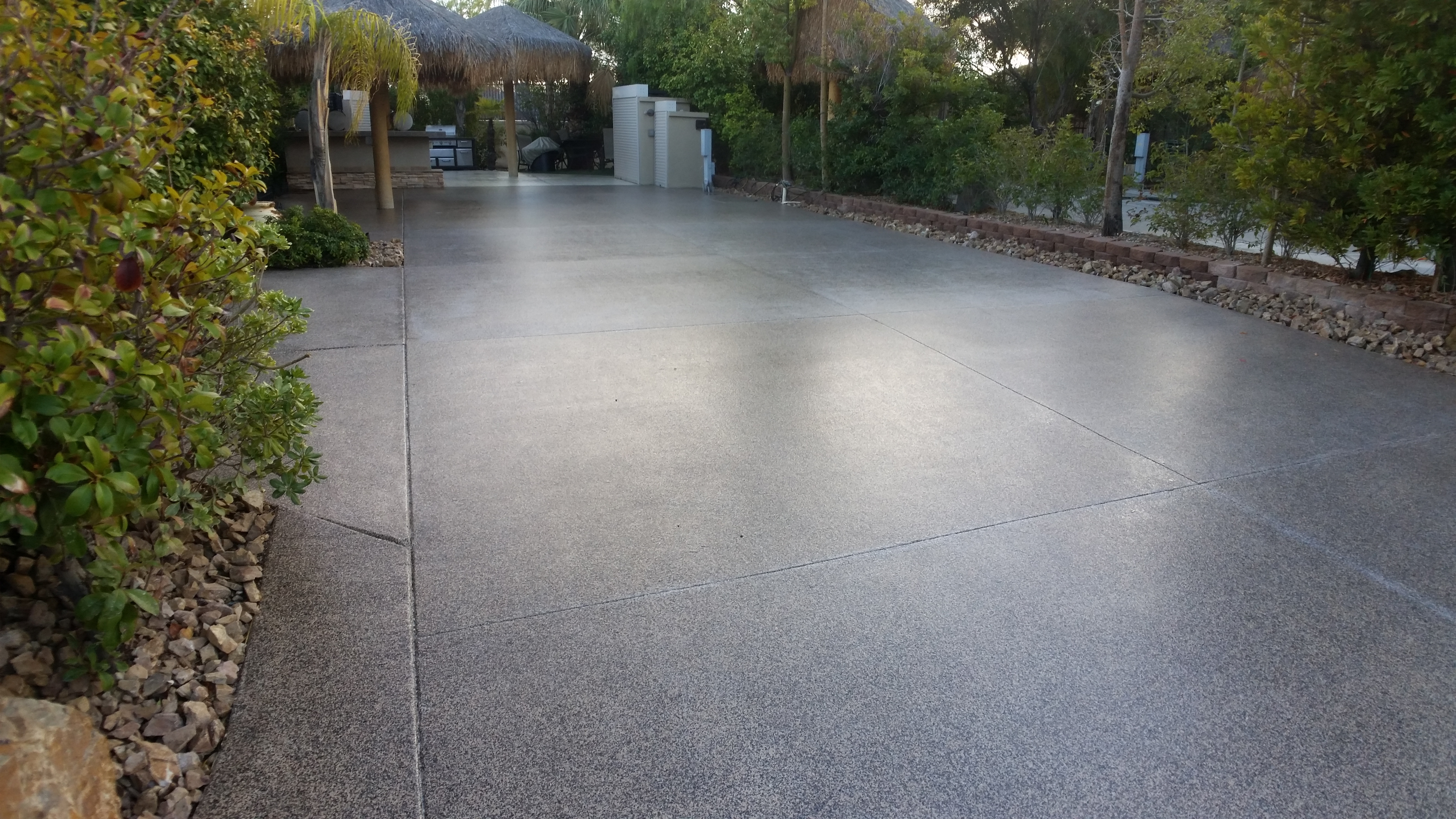
Be the first to comment